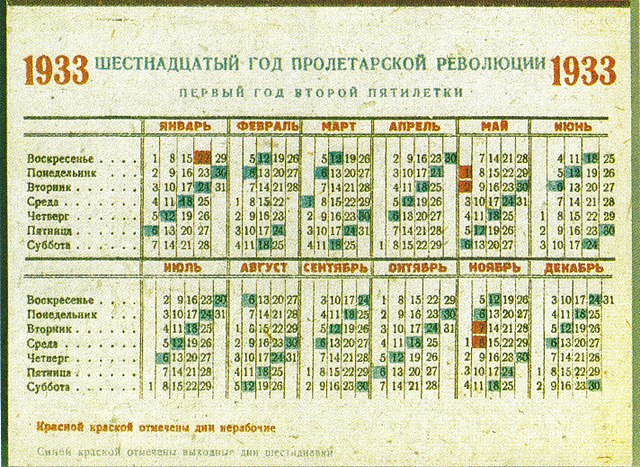A semiconductor package is a metal, plastic, glass, or ceramic casing containing one or more discrete semiconductor devices or integrated circuits. Individual components are fabricated on semiconductor wafers before being diced into die, tested, and packaged. The package provides a means for connecting it to the external environment, such as printed circuit board, via leads such as lands, balls, or pins; and protection against threats such as mechanical impact, chemical contamination, and light exposure. Additionally, it helps dissipate heat produced by the device, with or without the aid of a heat spreader. There are thousands of package types in use. Some are defined by international, national, or industry standards, while others are particular to an individual manufacturer.
This replica of the first laboratory transistor shows connecting leads and a glass jar for protection; packaging the device was critical to its success.
A hybrid integrated circuit
Assorted discrete through-hole components
A silicon wafer; individual devices (VLSI in squares) are not usable until diced, wire-bonded, and packaged
A week is a unit of time equal to seven days. It is the standard time period used for short cycles of days in most parts of the world. The days are often used to indicate common work days and rest days, as well as days of worship. Weeks are often mapped against yearly calendars, but are typically not the basis for them, as weeks are not based on astronomy.
An Italian cameo bracelet representing the days of the week by their eponymous deities (mid-19th century, Walters Art Museum)
Circular diagrams showing the division of the day and of the week, from a Carolingian ms. (Clm 14456 fol. 71r) of St. Emmeram Abbey. The week is divided into seven days, and each day into 24 hours, 96 puncta (quarter-hours), 240 minuta (tenths of an hour) and 960 momenta (40th parts of an hour).
Soviet calendar, 1930. Five colors of five-day work week repeat.
Soviet calendar, 1933. Rest day of six-day work week in blue.







